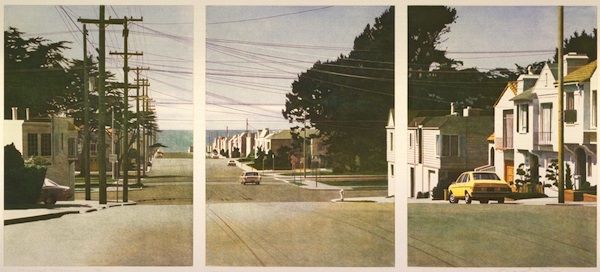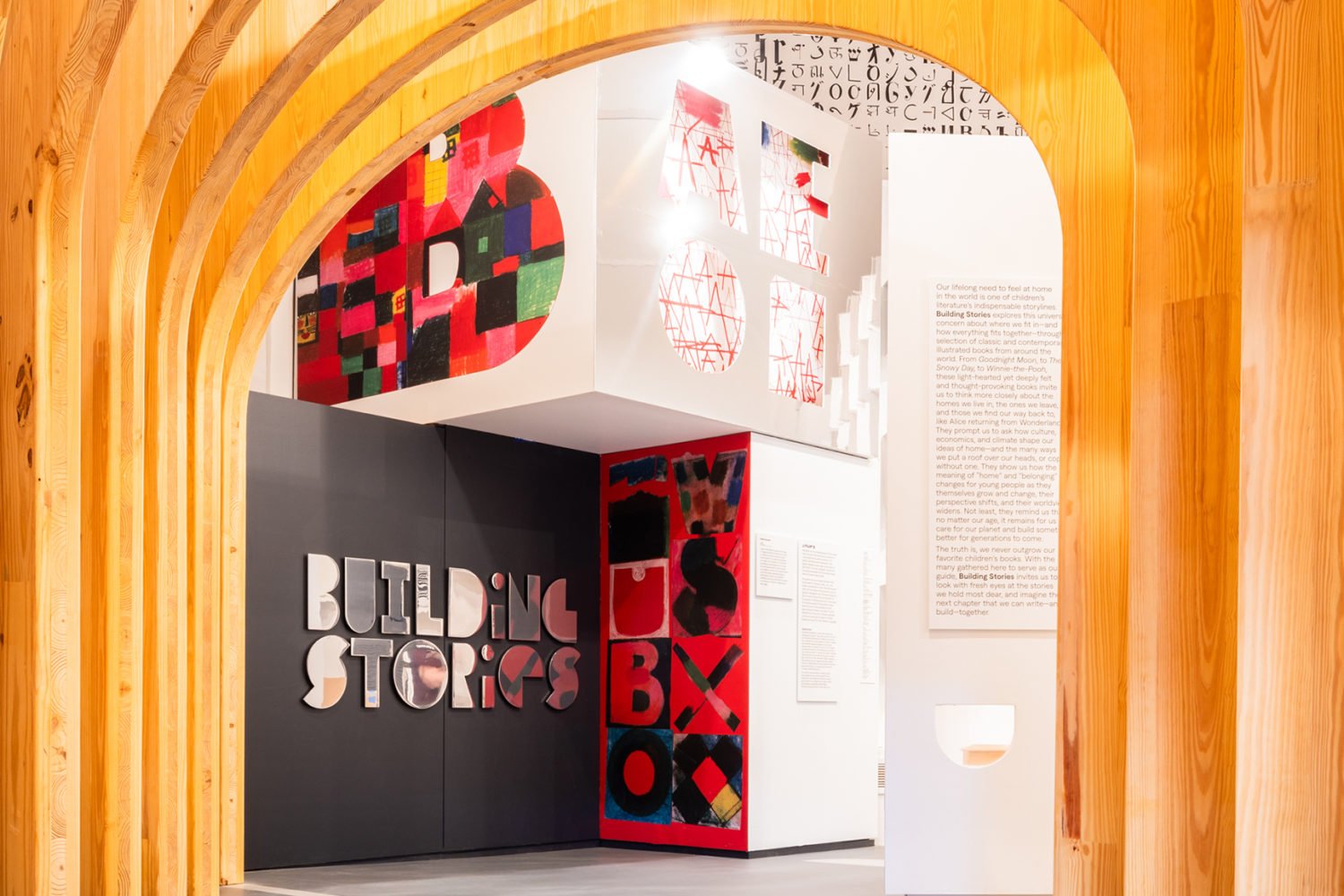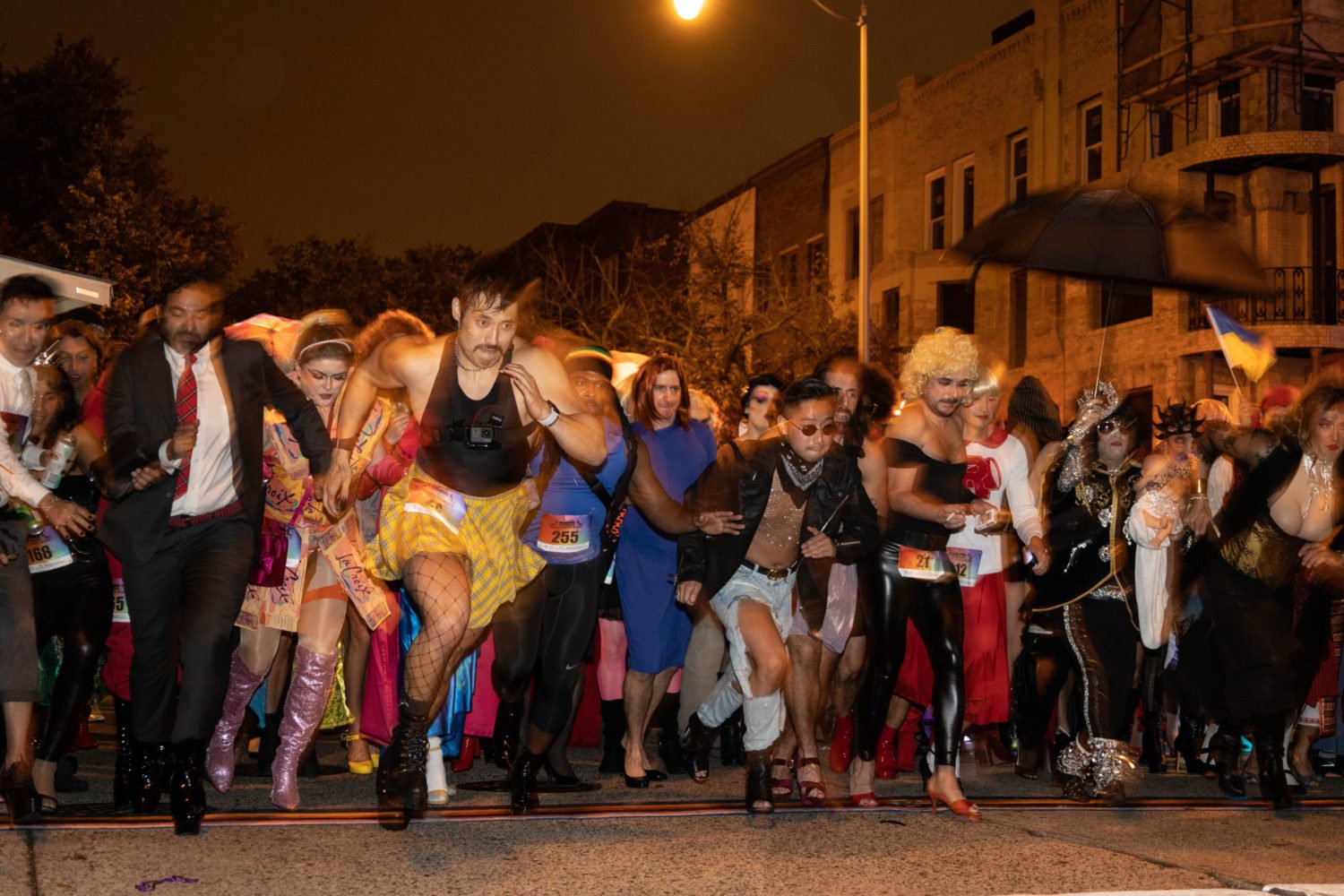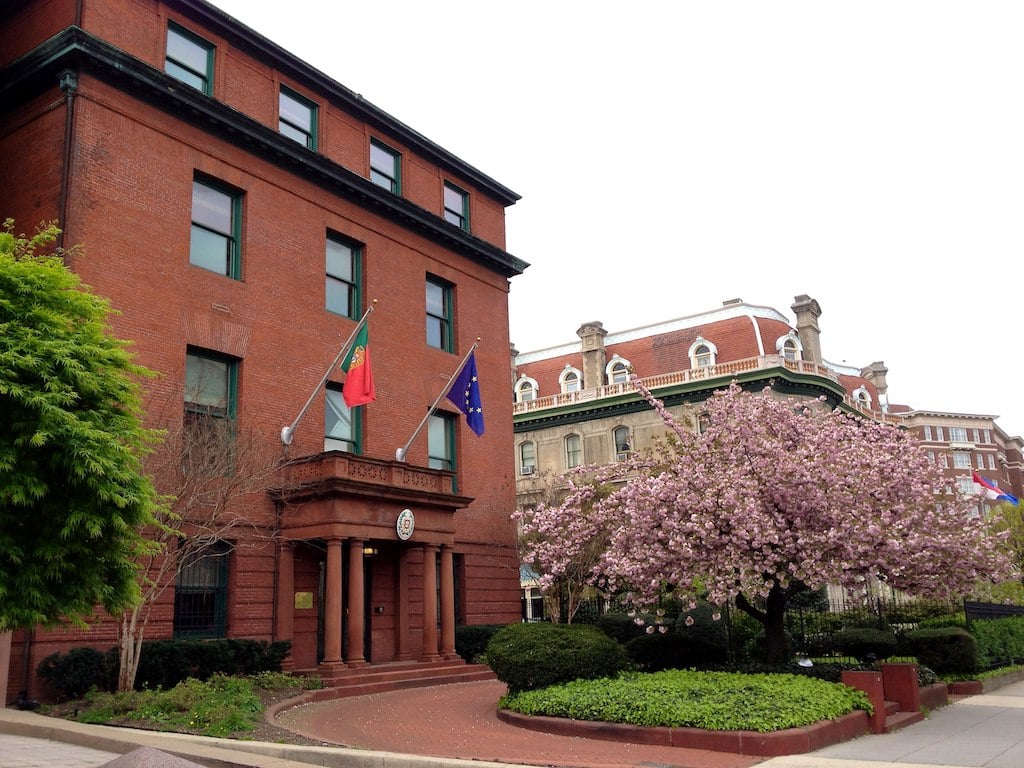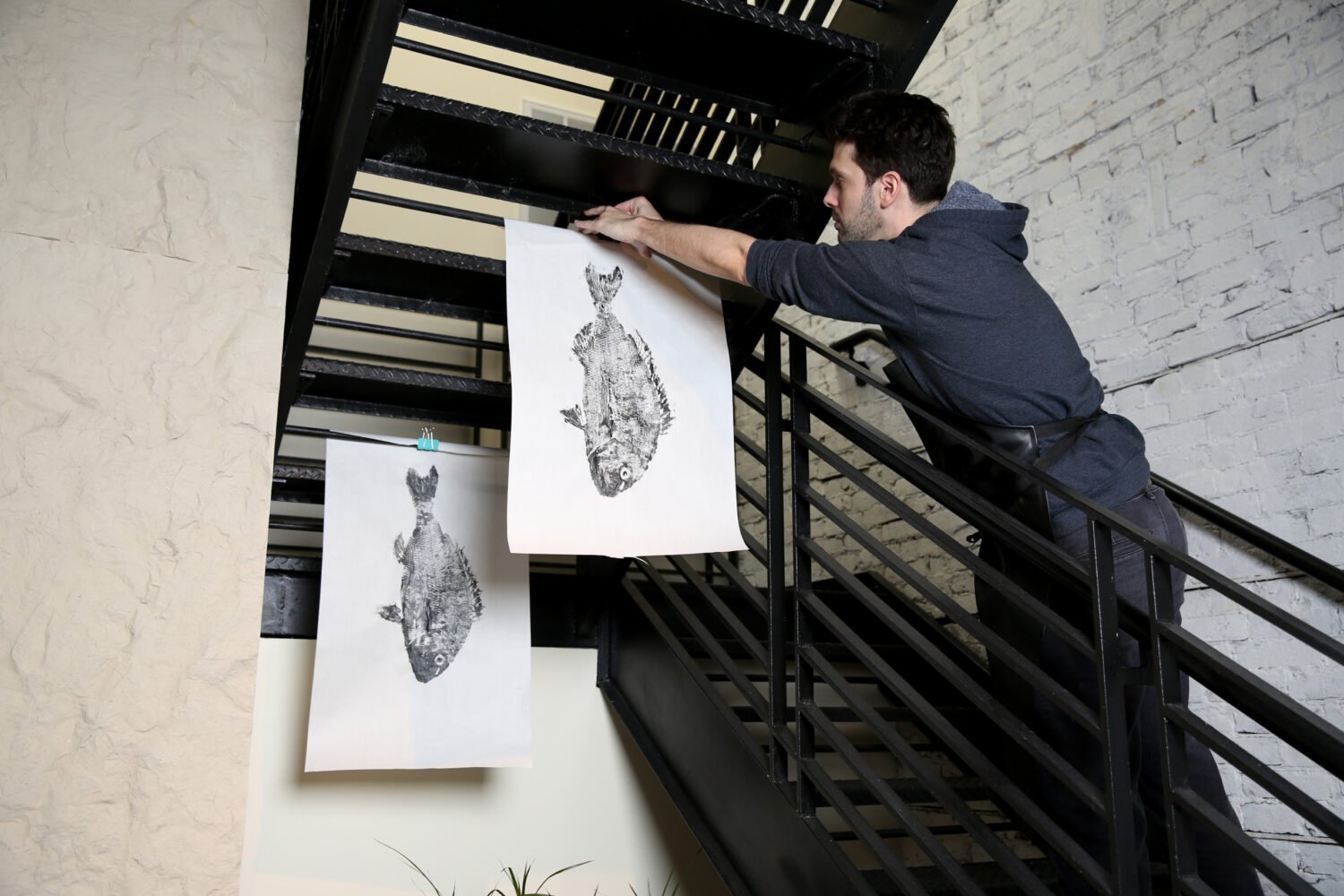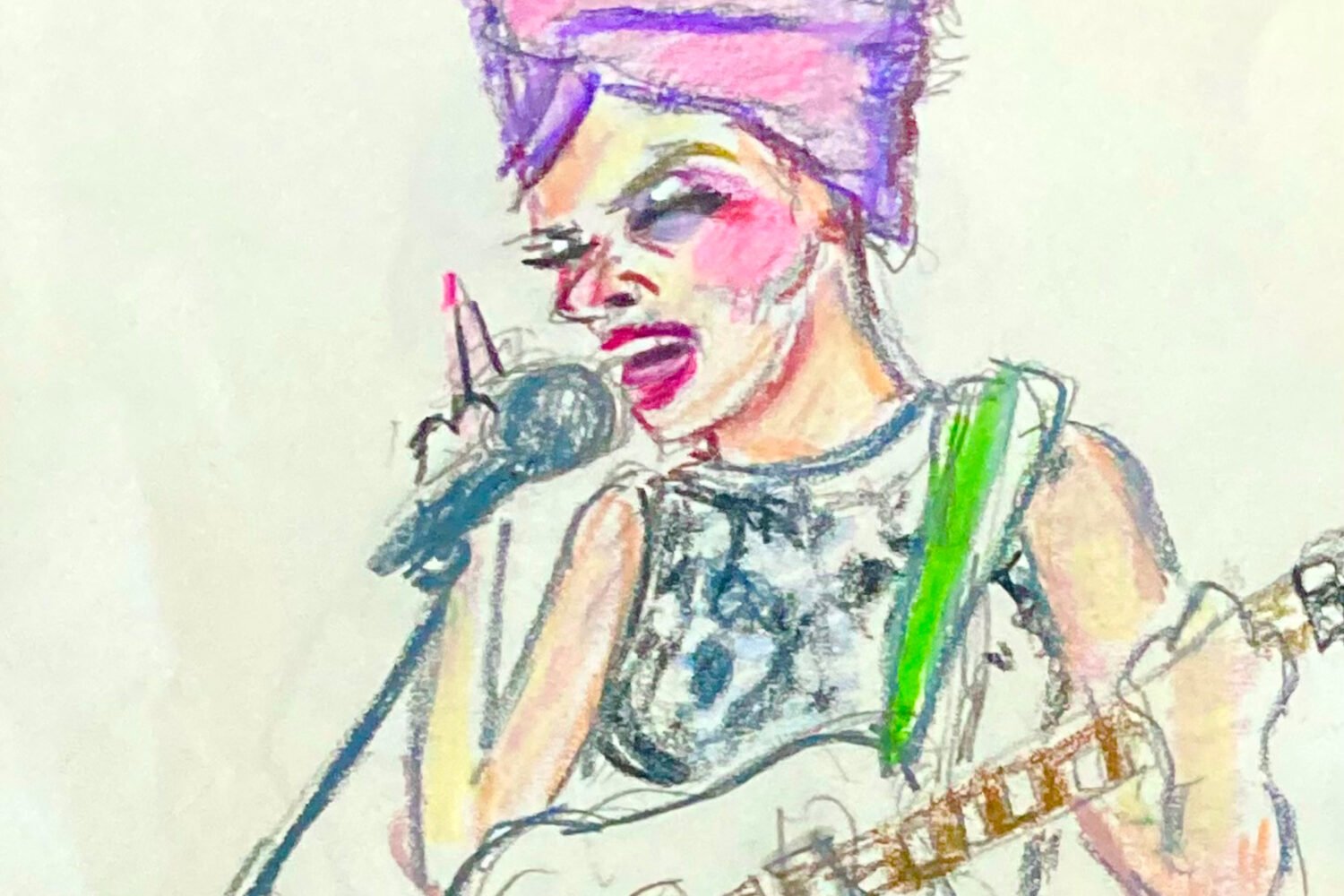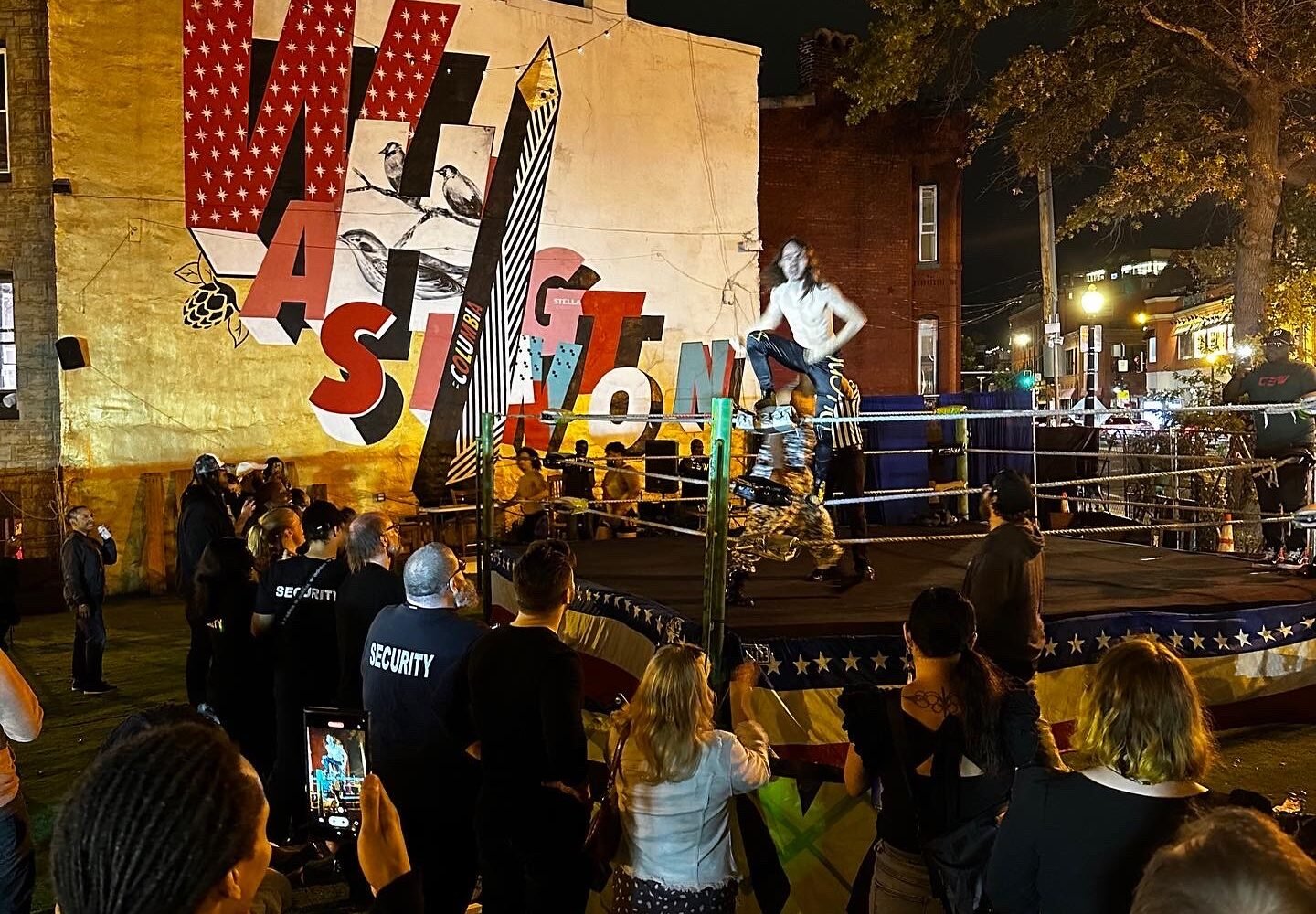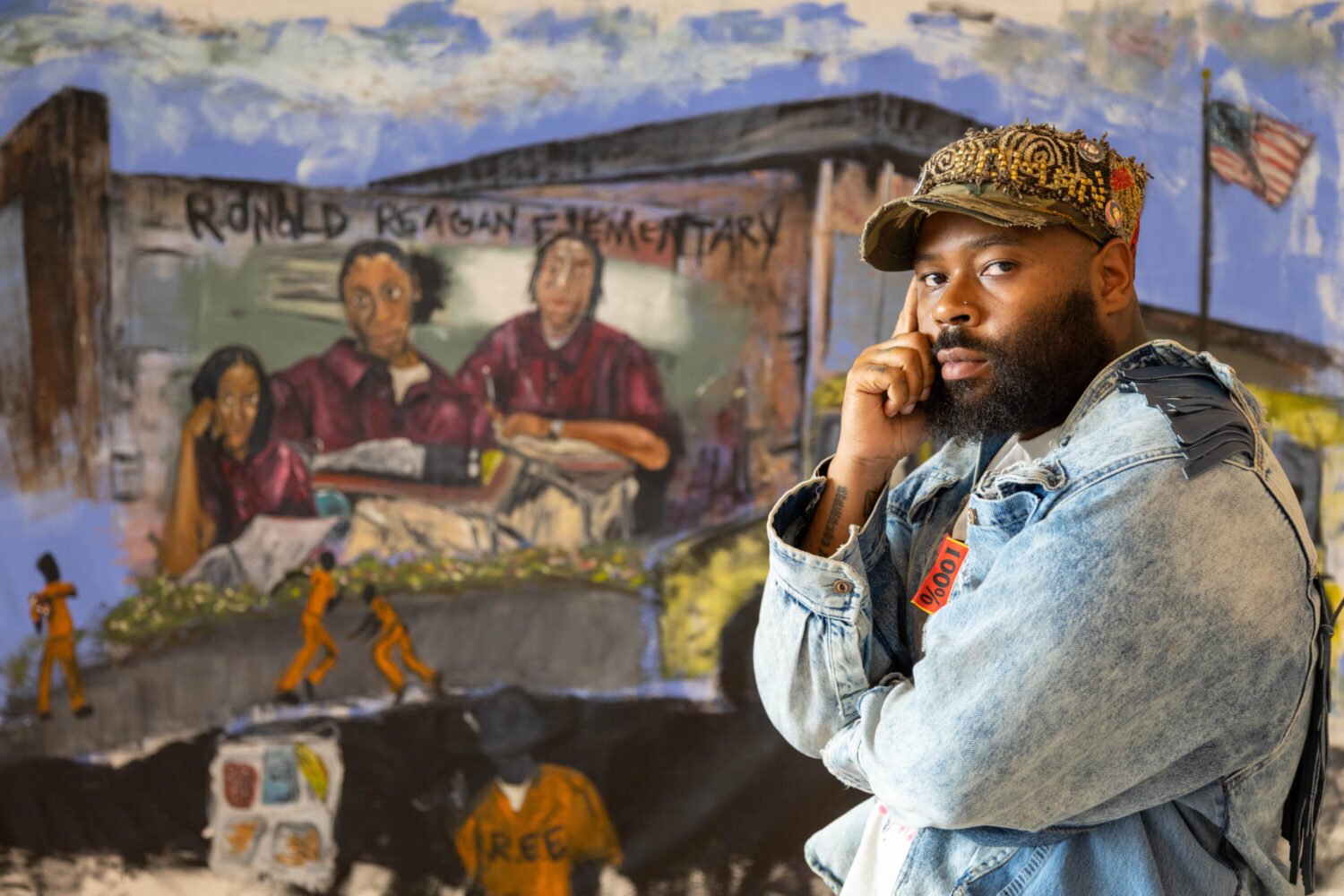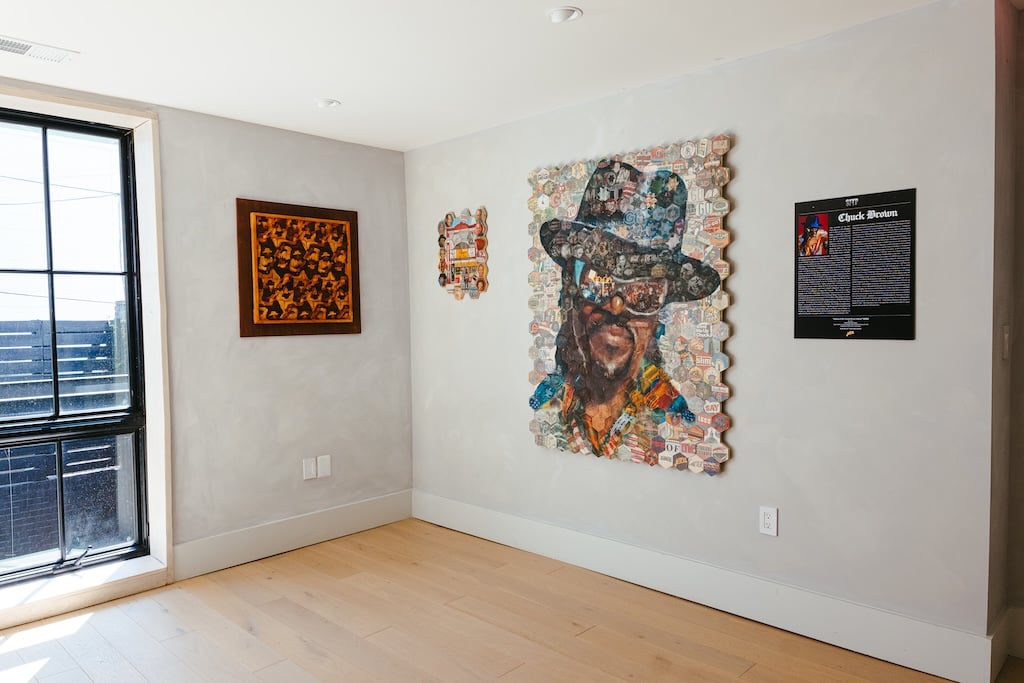Robert Bechtle’s “Sunset Intersection,” a 1983 color soft-ground etching on paper, which is part of the “Multiplicity” printmaking exhibit on display at the Smithsonian American Art Museum through March 11. Image courtesy the Smithsonian
There’s something about printmaking that’s always seemed a bit divorced from the artistic spirit—the flashy exuberance of painting or the raw physicality of sculpture. Prints have depth and nuance; you can’t breeze past them while thinking simultaneously about the gift shop or what you’re going to make for dinner. They require focus, concentration, and an appreciation of the Herculean effort that goes into making them.
Two new shows this month explore printmaking, and while neither is as visceral or as user-friendly as some other exhibitions currently on display, each has a lot to offer. “Multiplicity,” which runs at the American Art Museum through March 11, is a diverse show exploring contemporary printmaking, while “Print by Print: Series from Dürer to Lichtenstein” at the Baltimore Museum of Art looks at the technique over the past 500 years, grouping seemingly disparate works together thematically. The Baltimore show is vast (with more than 350 works on display) and ambitious—it juxtaposes Canaletto with Julie Mehretu and Tiepolo with Marcel Duchamp. But it also serves as an almost comprehensive review of an ornate and complex art, exposing the intricate process behind the works of old masters and iconoclasts alike.
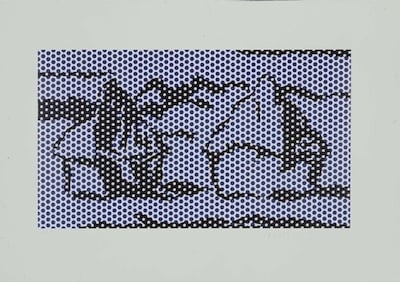
“Print by Print” is grouped into six categories: Imagination, Narrative, Design, Places: Real & Imagined, Appropriation, and War. Imagination, which opens the show, is less cohesive than other parts, possibly because its theme is so sweeping. Perspective-bending Rotoreliefs by Duchamp revolve in a glass case opposite 24 fantastical etchings by Tiepolo, depicting various pastoral scenes of men and monsters. With the works presented together, the sheer volume of detail on that particular wall is both intimidating and compelling; each print is unique and tells a different story, but also shrinks into the impact of the series as a whole.
There are a few other highlights, including Roy Lichtenstein’s “Haystack” series, a Ben-Day Dot interpretation of the famous paintings by Monet. Like his inspiration, Lichtenstein plays with presentation, exploring the extent to which an image can be altered and still remain recognizable. There’s also Andrew Raftery’s “Open House” series of five engravings of a contemporary American home, each piece of furniture and individual character crafted in tiny, excruciating detail. Raftery’s method is classical, but his scenes are both banal and disturbing: The images of visitors stomping through an impeccable family home feel strangely unsettling in their familiarity.
By grouping such different artists together, the show forces viewers to compare both method and message, stripping away assumptions about merit or skill in the face of universal themes. Picasso’s gruesome “The Dream and Lie of Franco” (1937) etchings sit opposite Daniel A. Heyman’s “The Amman Project” (2006), a series of drypoints depicting harrowing portraits and quotes from victims of torture. And in the same room, Augustin Coppens’s “Views of the Ruins of the City of Brussels” (1695) show the consequences of such unchecked cruelty: a once-glorious city left debased and useless. The three artists are stylistically diverse but share a common, graphically effective message.
The star of the Baltimore show, however, is a series of etchings by Ludovic Napoléon Lépic depicting a view captured from the banks of the Scheldt River. Lépic used one etching and played with different ways to place ink on it, resulting in 20 different prints that show dramatically alien interpretations of the same image. In one scene, “Calm,” the river is shown to be peaceful and unadorned; in others it battles snow, rain, darkness, and wind. Lépic’s success at creating such disparate moods and settings through simple application of materials is one of the real surprises of this show, and an affirmation of the potential behind the craft.
The American Art Museum’s show is smaller (83 works on paper) and less focused, but it has a surprising wealth of works on display, most of which were acquired by the museum recently and have never previously been shown. While the diversity of technique on view is remarkable (compare Chuck Close’s granular “Self Portrait” with David Hockney’s Picasso-inspired “Real Celia”), there’s also a tenuous thread of experimentation that runs through the exhibition. Kara Walker’s “Civil War” series project her signature grotesque caricatures onto romanticized tableaus of the war taken from a Harper’s pictorial history—the effect is both unique and disturbing. And two prints by Vija Celmins, “Night Sky” and “Ocean Surface,” project lifelike, minutely crafted images of waves and stars, their wealth of intricate detail quite breathtaking.
While “Multiplicity” has a few prints that are ostentatious enough to appeal to the offhand viewer, there’s a subtext of exposed technique and process worth pursuing, as well as a common fascination with the mystical unseen that pervades a number of pieces. Not all works are as insightful—for instance, Sol LeWitt’s “Wavy Brushstrokes” series, while it plays with depth and perspective, comes across as a little dull—but some pieces, such as Kiki Smith’s darkly humorous and nightmarish self-portrait “Banshee Pearls,” are rich and fascinating to behold.
“Print by Print: Series from Dürer to Lichtenstein” is at the Baltimore Museum of Art through March 25. Free. For more information, visit artbma.org.
“Multiplicity” is at the Smithsonian American Art Museum through March 11. Free. For details, visit americanart.si.edu.

